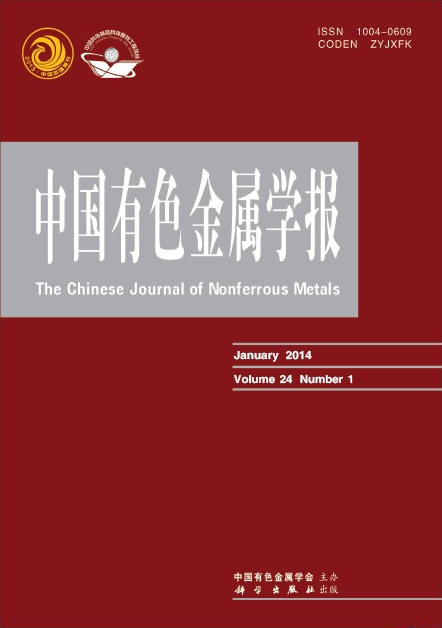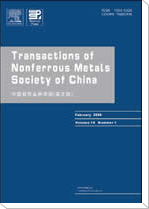中国有色金属学报(英文版)
Transactions of Nonferrous Metals Society of China
| Vol. 35 No. 8 August 2025 |
(1. State Key Laboratory of Advanced Processing and Recycling of Non-ferrous Metals,
Lanzhou University of Technology, Lanzhou 730050, China;
2. Zhejiang E.O. Paton Welding Technology Research Institute, Hangzhou 311200, China;
3. Zhejiang Jindan Intelligent Technology Co., Ltd., Hangzhou 311200, China)
Abstract:The 7075 aluminum alloy was subjected to power-modulated laser welding using a full-domain power modulation (FDPM) laser oscillating welding system. Three different power modes were utilized: constant power (CP), gradient power (GP), and alternating power (AP) modes. The impact of different power modes on joint crack sensitivity, microstructure, and residual stress was assessed. The results demonstrate that joint welded with the AP mode exhibits the lowest sensitivity to solidification cracking (with mean crack sensitivity of 18.3%), and the smallest average grain size in the fusion zone of the weld seam (80 μm). Additionally, it shows the highest microhardness (HV 113) and the narrowest softening region (3.5 cm). Furthermore, the joint displays the lowest residual stress and cooling rate, which is the reason for its minimal crack sensitivity.
Key words: aluminum alloy; laser welding; oscillating; crack sensitivity; power modulation


